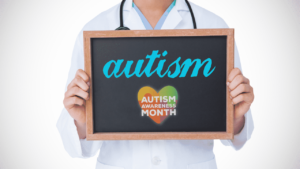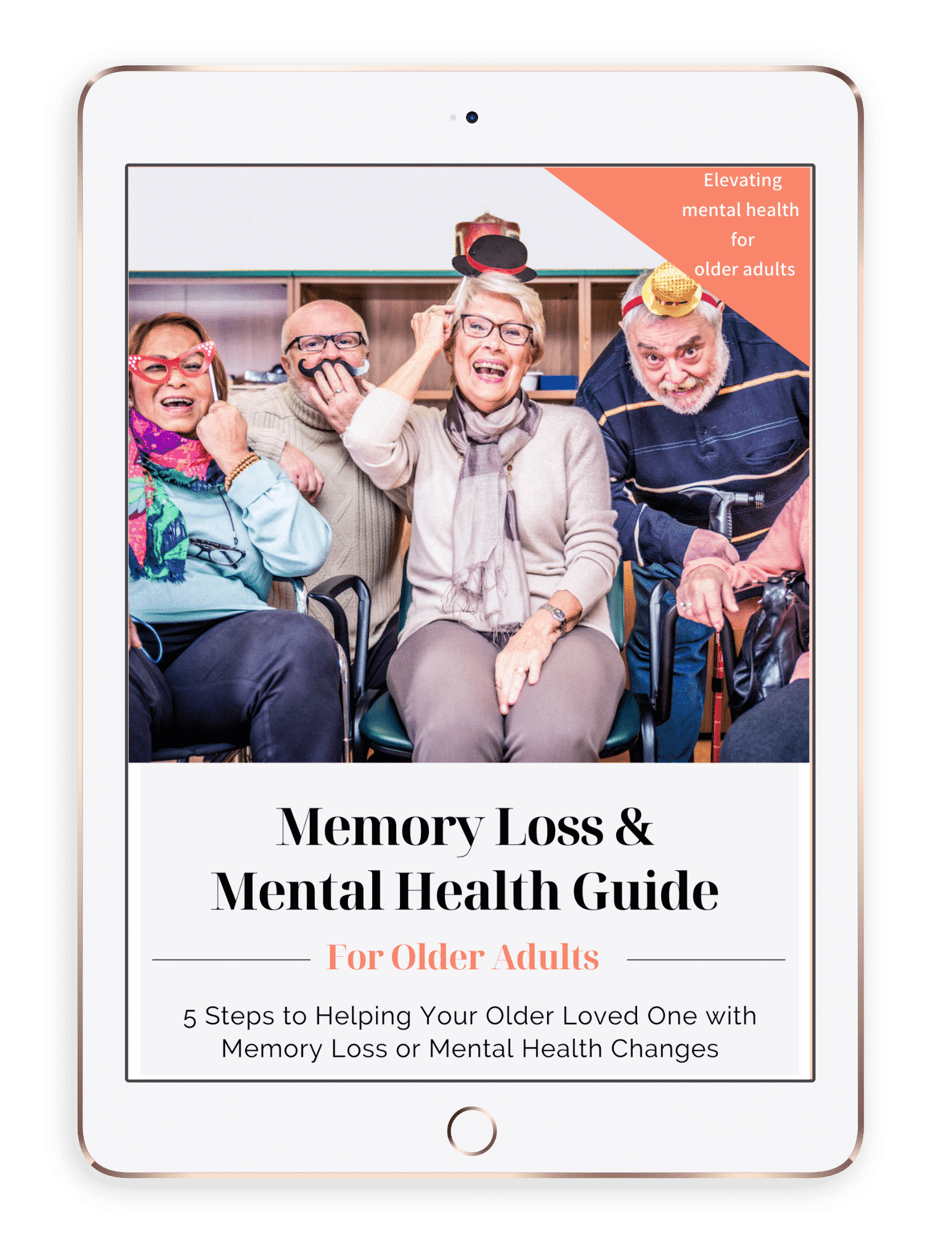In the warm embrace of therapeutic spaces, we frequently encounter stories and emotions that challenge our own value system. One such deeply intimate and ethically charged territory is the intersection between a desire to hasten death in terminal illness and suicidality.
As therapists, understanding the difference between these two wishes is crucial not only for our clinical effectiveness but also for honoring the ethical dimensions of our practice.
Jane’s Story
Jane, a 72-year-old woman, sparkled with vitality and spirit. Her life, though often shadowed by the clouds of depression, was a testament to resilience. Having survived two suicide attempts in her younger years — one following a painful breakup at 20, and another after the birth of her first child — Jane had found solace and direction with the help of mental health professionals. Her path had not been easy, but it had been life-affirming and meaningful. However, the stability of her journey was recently shattered by a diagnosis of advanced pancreatic cancer, leaving her with just a few months to live.
During a therapy session, she confided, “I wish I could hasten my death, face it on my own terms. Sometimes, I feel so overwhelmed that I think of taking too much medication and never waking up.” These words clearly illustrate the complex intersection of her desire to hasten death due to her terminal illness and perhaps underlying suicidal ideation due to recurrent depression, a crossroad that therapists may encounter and find challenging to navigate.
Understanding the Intersection Between Desire to Hasten Death When Living with Terminal Illness and Suicide.
The interplay between wanting to hasten death in the face of a terminal prognosis and experiencing suicidal thoughts is multifaceted.
Desire to Hasten Death:
For Jane, the wish to hasten death came from a place of wanting control amid the chaos of a terminal diagnosis. It was a yearning to escape prolonged suffering, a thought-out decision aiming to preserve her dignity and save her family from the distress of her prolonged demise.
Considerations: How might the chaos and finality of a terminal diagnosis inspire a deep-seated desire to expedite one’s own death? Can we empathize with a person’s yearning to avoid extended suffering, a decision steeped in the need to uphold one’s dignity and shield loved ones from the torment of a drawn-out decline?
Suicidal Ideation:
In stark contrast, Jane’s suicidal thoughts were echoes of past depression, a beckoning darkness that spoke more of her wish to escape unbearable psychological pain than a desire to control her end-of-life narrative.
Considerations: Suicidal ideation is not necessarily tethered to physical illness, but for Jane may be remnants of a historical battle with psychological suffering. How can we differentiate when these thoughts stem from a long-standing internal turmoil, seeking to escape an emotional inferno, as opposed to a reasoned, autonomy-driven desire related to a terminal illness?
How To Distinguish Desire To Hasten Death In The Context Of Terminal Illness From Suicidality?
When differentiating desire to hasten death from suicide, it’s helpful to consider the context and the time perspective.
The Context:
People with terminal diagnoses often grapple with unimaginable physical and emotional pain. Their longing to hasten death can be a rational, albeit emotionally laden, response to an irreversible decline. This is a far cry from traditional suicidality, which is often born from a place of deep despair, a sense of isolation, and a loss of hope, unlinked to a terminal condition.
Time Perspective:
The terminal prognosis acts as a finite timeline, a “deadline” that may rationalize the discussions about hastening death. Suicidal ideation, however, is not constrained by such timelines and is an expression of existential anguish.
What Ethical Considerations Should Mental Health Providers Take Into Account?
Venturing into this discussion with our clients requires us to have a strong ethical compass:
Autonomy and Choice: Our ethical practice thrives on respecting patient autonomy. The decision to hasten death can be profoundly personal, and approaching this with empathy and devoid of personal biases is crucial.
Duty to Protect: The safety of our patients, emotionally and physically, is paramount. Open dialogues, risk assessments, and collaboration with medical teams are essential when it comes to maintaining safety.
Staying Informed/ Competence: Legalities concerning hastened death are complex and varied by state. Staying informed is not just advisable; it’s an ethical necessity.
In our practice, as we stand at the crossroads of life, death, and dignity, let us always remember to honor the humanity that flickers in the hearts of those we serve, even in their most vulnerable moments of suffering and transition. Our client’s journey is sacred, and our role in it — to listen, to understand, and to uphold their dignity — is a privilege that we must carry with grace, wisdom, and endless compassion.
Jane’s narrative is not just a story; it’s a call for mental health professionals to deepen our understanding of these ethical quandaries in balancing a person’s autonomy (desire to hasten death) with our duty to protect from harm (suicide) . My upcoming ethics course is designed precisely for this purpose. It aims to equip participants with the knowledge, sensitivity, and ethical decision-making skills necessary to navigate such delicate terrains with confidence and compassion.
I invite you to enroll and join us on this journey of learning and growth. Together, let’s honor dignity of all Janes we meet, providing the support they need to navigate their most challenging moments.





